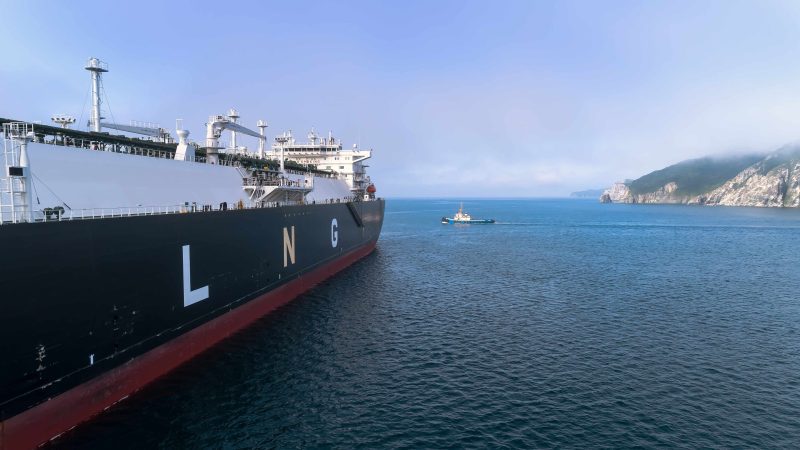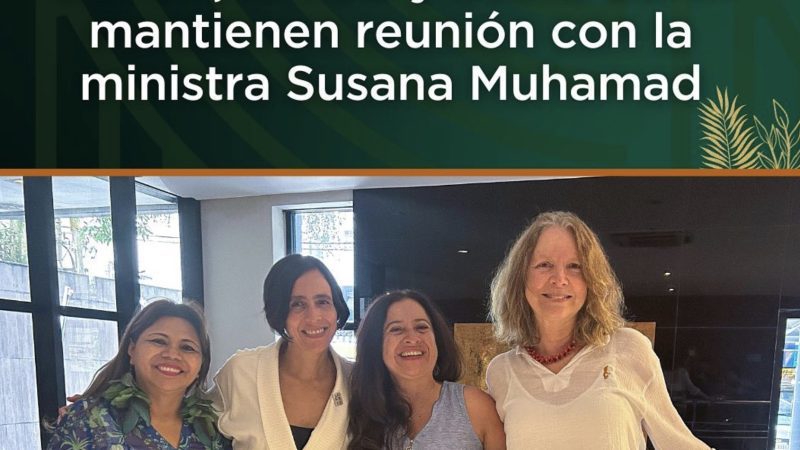Amazon Summit: Amazonian Indigenous leaders call for a Global Pact to protect 80% of the Amazon by 2025
August 4, 2023
NOTE: Scroll to the end for additional resources and relevant events related to this summit.
- At the pre-Summit in Leticia, Indigenous organizations from all over the Amazon defined 10 immediate actions to protect 80% by 2025 and reverse the tipping point.
- Priorities include: recognition of Indigenous rights and territories, moratoriums on industrial activity in key priority areas, ensuring the preservation of ecosystems through financing mechanisms for climate, biodiversity and land management such as debt forgiveness, among other solutions.
Belém de Pará, Brazil — August 4, 2023: On the eve of the upcoming Amazon Summit (August 8-9) and the previous Amazon Dialogues (August 4-6), the Confederation of Indigenous Organisations of the Amazon Basin (COICA), Stand.earth, the coalition of the Initiative “Amazonia for Life: protect 80% by 2025” and more than 1200 organizations worldwide, urge the international community and the 8 heads of state of the region to commit to protect 80% of the Amazon by 2025, a vision outlined to reverse an imminent tipping point in the entire region that registers a combined deforestation and degradation of 26%. (Key data follows at the end of this release.)
Fany Kuiru, General Coordinator of COICA, reminds the international community that “Amazonia is the most biodiverse region in the world but also the most violent. Where ecosystems die, biodiversity dies, cultures die and their defenders are being killed,” she said. “We are facing a historic opportunity to change a trajectory of impoverishment in the region, extractivism is not the path, the Indigenous peoples are proposing a tangible alternative to preserve life on the planet,” she added.
This call is encapsulated in IUCN Resolution 129 of 2021 and in the resolutions of the regional dialogues of Indigenous Peoples and States of the 22nd Session of the Permanent Forum on Indigenous Issues (UNPFII) in April of this year, in which the Forum calls Amazonian States to protect 80% of the Amazon by recognizing nearly 100 million hectares of Indigenous territories. The Forum also urges Amazonian countries to recognize Indigenous territories as an essential measure to achieve this goal.
Today, Target 3 of the Kunming-Montreal Global Biodiversity Framework already integrates Indigenous territories as a new conservation category, which allows Amazonian governments, Indigenous Peoples, and the international community to have an incentive for the preservation of the most biodiverse region on the planet. But it isn’t enough.
Protecting 80% is still possible but requires disruptive measures that attack an extractivist inertia. The future of the region will be defined in Belém and the decisions taken here will define the history of the Amazonian countries and the planet. The Report Amazonia Against the Clock identifies where and how to safeguard priority areas, home to more than 500 Indigenous peoples and 50 million inhabitants. The Initiative’s Declaration details 13 policies, plus 10 urgent actions defined in Leticia that make up a Global Pact to protect 80% of this region by 2025.
In 2021, Indigenous leaders defined 13 policies to protect 80% of the Amazon by 2025, among them:
- The recognition of 100 million hectares of Indigenous Territories (IT) and a model of co-management in which States guarantee budgets for Indigenous Territories.
- Moratoria on industrial activities in 255 million hectares of intact (89 million ha.) and low degradation (166 million ha.) non-designated Key Priority Areas.
- The application of a co-management model for undesignated areas.
- Conditional debt forgiveness to safeguard 255 million hectares of intact ecosystems that are at imminent risk.
General information:
Amazonia Against the Clock: Where and How to Protect 80% by 2025 is a vital research report that identifies key priority areas where degradation and transformation are occurring at the country level, as well as their drivers. It also outlines the immediate needs and solutions to address the Amazon crisis as an urgent measure to curb the effects of climate change. The report concludes that Brazil is the epicenter of major degradation and deforestation, already causing a tipping point in the southeast of the region. The report’s findings show:
- The tipping point is already transforming rainforest to savannah due to high levels of degradation and deforestation in some areas. Deforestation and degradation combined have reached 26% of the region — the Amazon has begun a dangerous transformation due to its levels of destruction.
- The countries with the highest combined deforestation and degradation rates are: Brazil: 34%, Bolivia: 24%, Ecuador: 16% and Colombia: 14%.
- The agricultural sector is responsible for 84% of deforestation in the Amazon.
- 88% of the transformation occurs in non-designated areas, beyond Indigenous territories and/or protected areas.
- Debt represents on average 78% of Latin America’s regional GDP, and total debt service alone represents 59% of its exports of goods and services. This reality leads governments to overexploit the Amazon’s natural resources.
- According to the Amazon Against the Clock Report, reaching 80% protection is still feasible by 2025. The remaining 74% (629 million hectares in priority areas) is still standing and requires immediate protection, and 6% of the region can still be restored.
About the Amazonia for Life Initiative: Protect 80% by 2025:
The “Amazonia for Life Initiative” calls for the protection of 80% of the Amazon by 2025 to avert the tipping point in the largest carbon sink on the planet. The initiative is supported by COICA, Stand.earth, RAISG, AVAAZ, Amazon Watch, Wild Heritage, Re:Wild, One Earth, Earth Insights, and COIAB and more than 1,200 organizations that signed the declaration of support for the goal since 2021 and about 50 regional indigenous organizations in the countries that make up the basin.
Press contacts:
Alicia Guzman – Stand.earth: alicia@stand.earth/ +593 98 641 5612
Bryan Ludeña – COICA: blud1993@gmail.com / +593 98 979 5277
Raúl Estrada- Avaaz.org: raul.estrada@biodiversity.avaaz.org / +525580196422
Lynsey Grosfield — Earth Insight: lynsey@earth-insight.org
###
Additional Resources:


